The purpose of expressing your emotions is to convey your true feelings, and to be open and honest, not to embarrass or blast another human being. Other times we need to express our pain and sadness, but many people are afraid to do so because either they fear that once they get started, they may not be able to stop, or they fear the language barrier acts as a strong constraint to do so.
Words matter.
Susan David
If you’re experiencing a strong emotion, take a moment to consider what to call it. But don’t stop there: once you’ve identified it, try to come up with two more words that describe how you are feeling.
You might be surprised at the breadth of your emotions—or that you’ve unearthed a deeper emotion buried beneath the more obvious one.
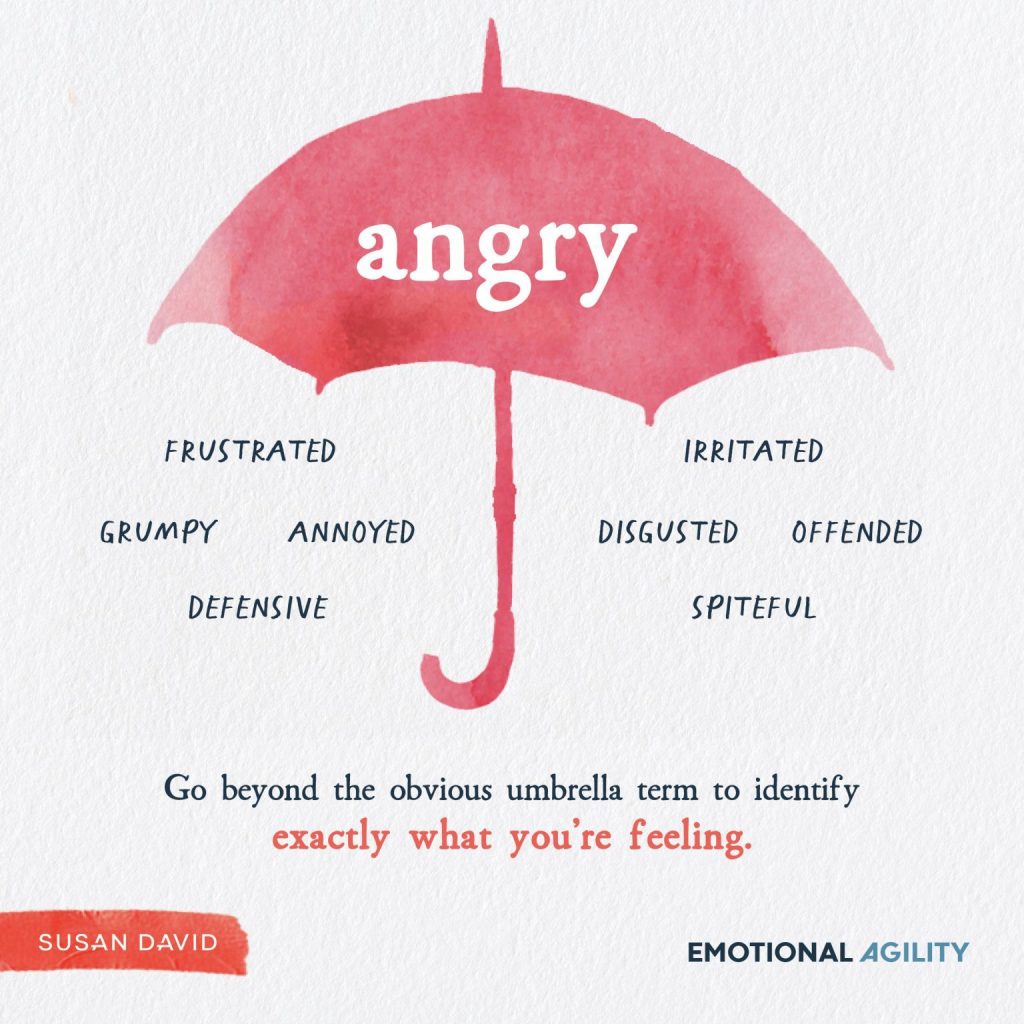
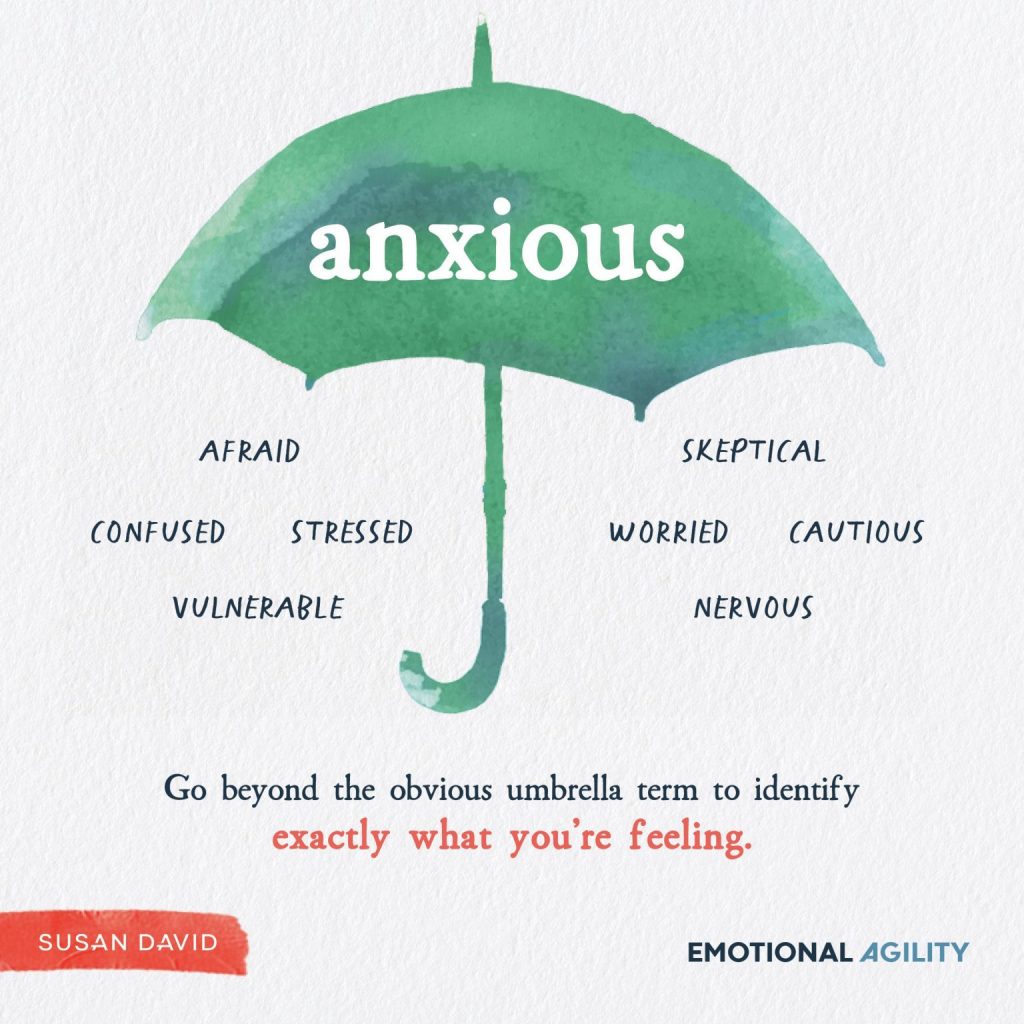
Do your best to spend at least as much energy expressing your positive feelings as you do the negative ones. Once you create an emotional balance, your life will start to make more sense.
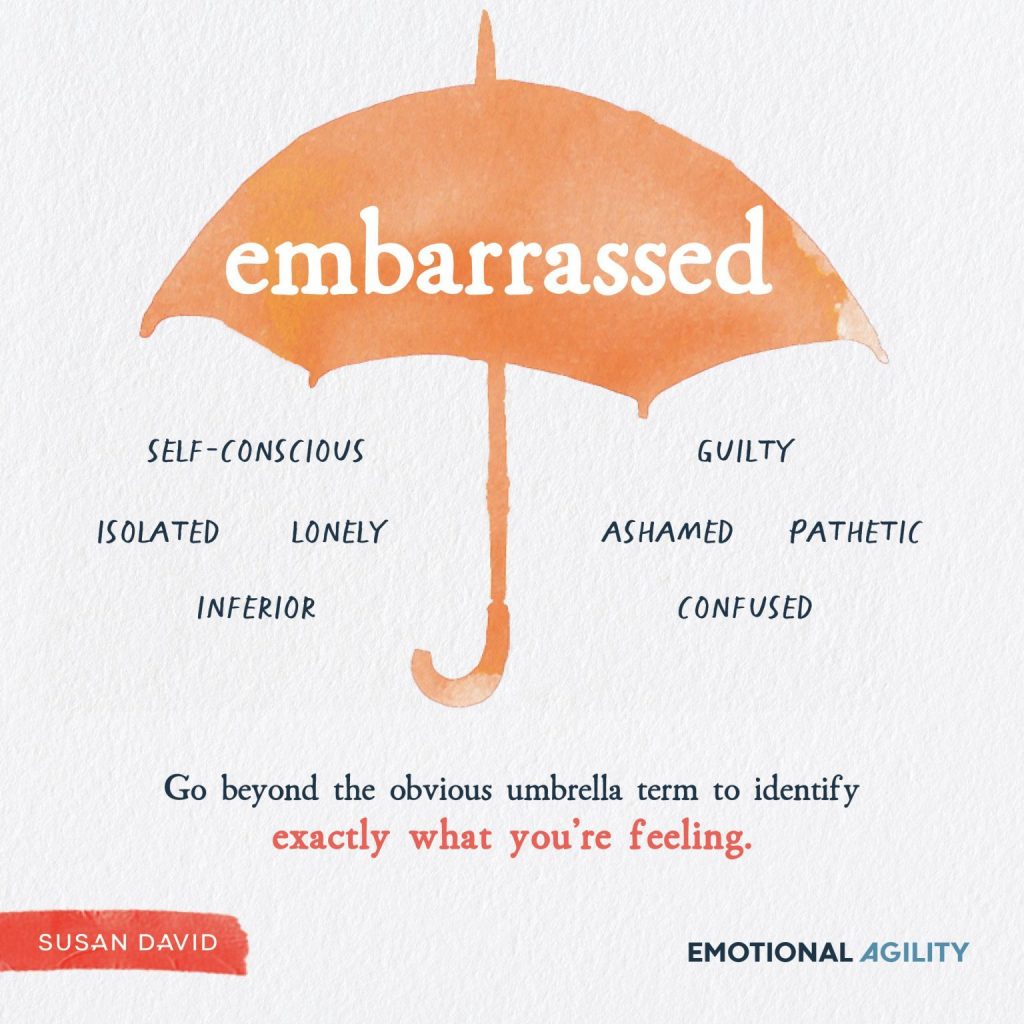
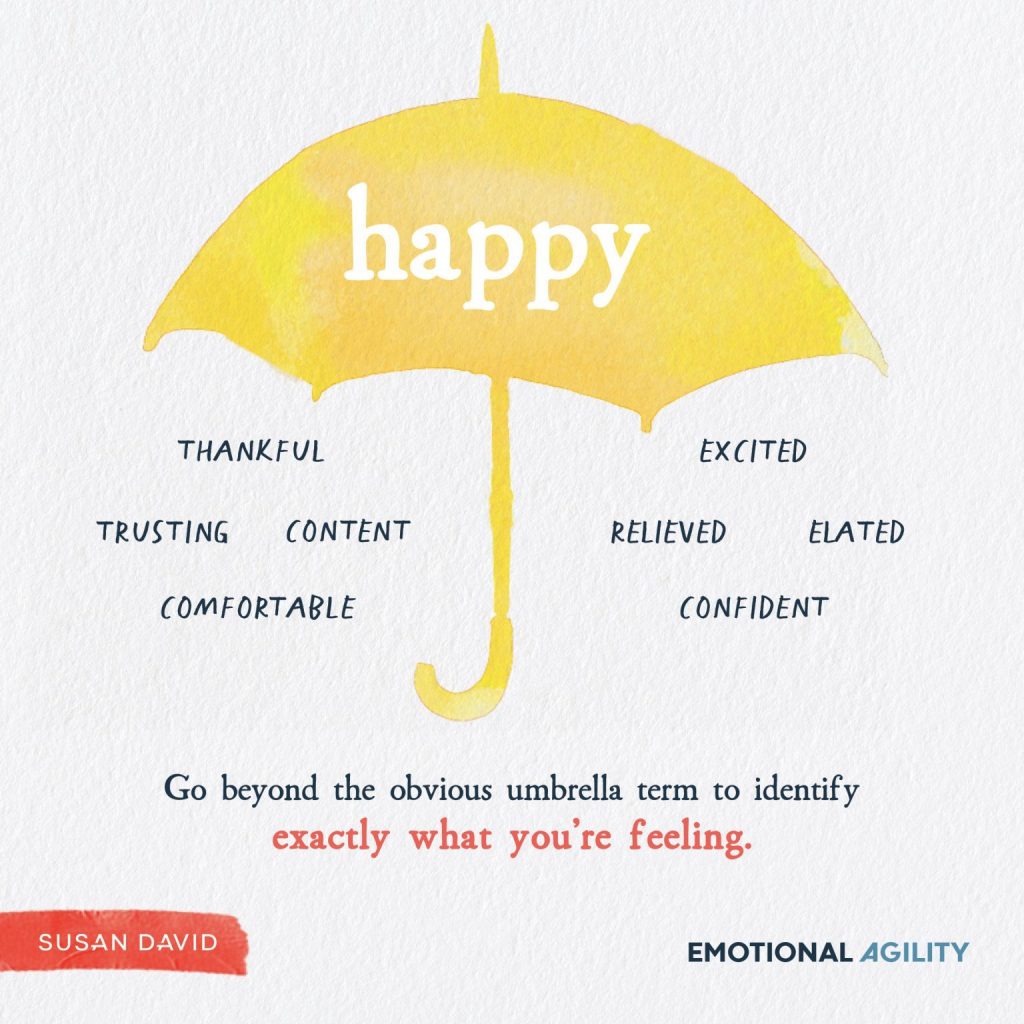
Expressing your pain is actually a good way to make it stop but what you assume as ‘pain’ might not be the actual pain; make sure you’ve expressed your strong emotions in the right way.
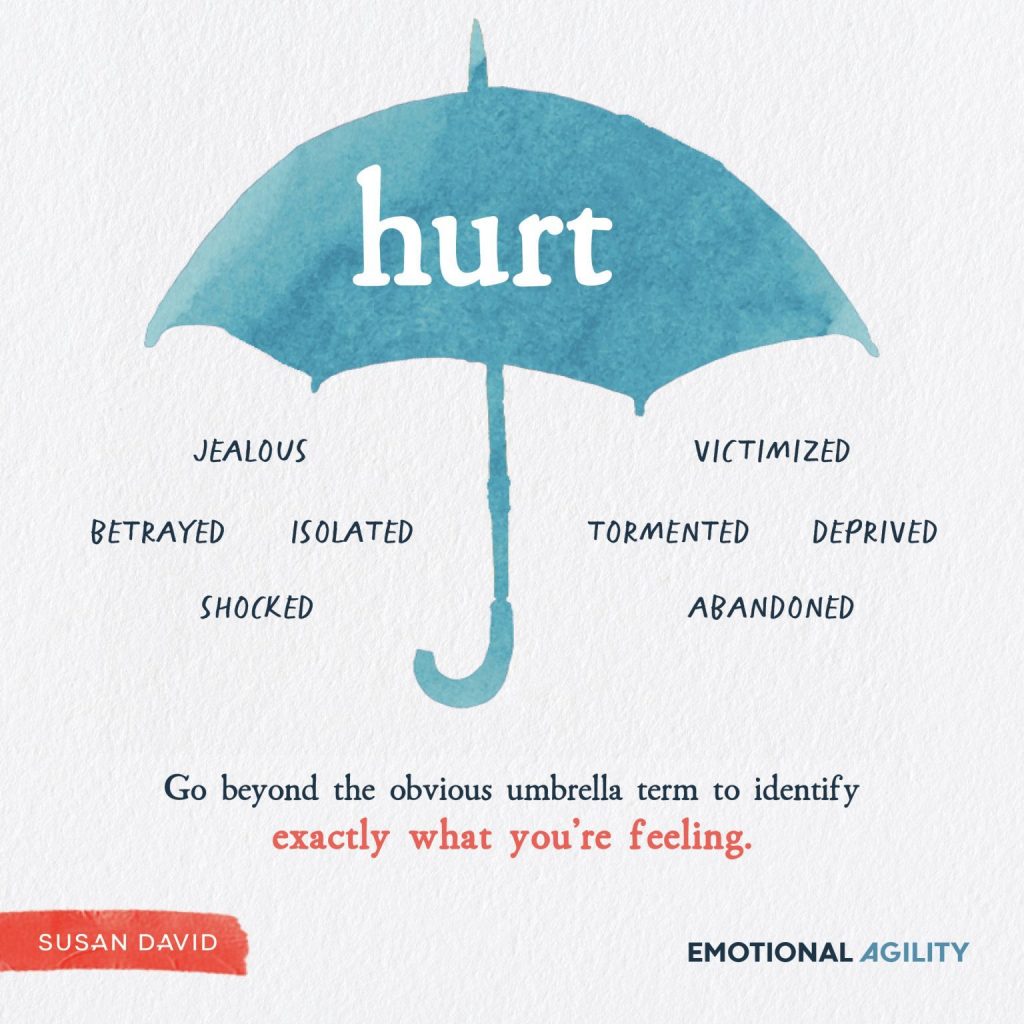
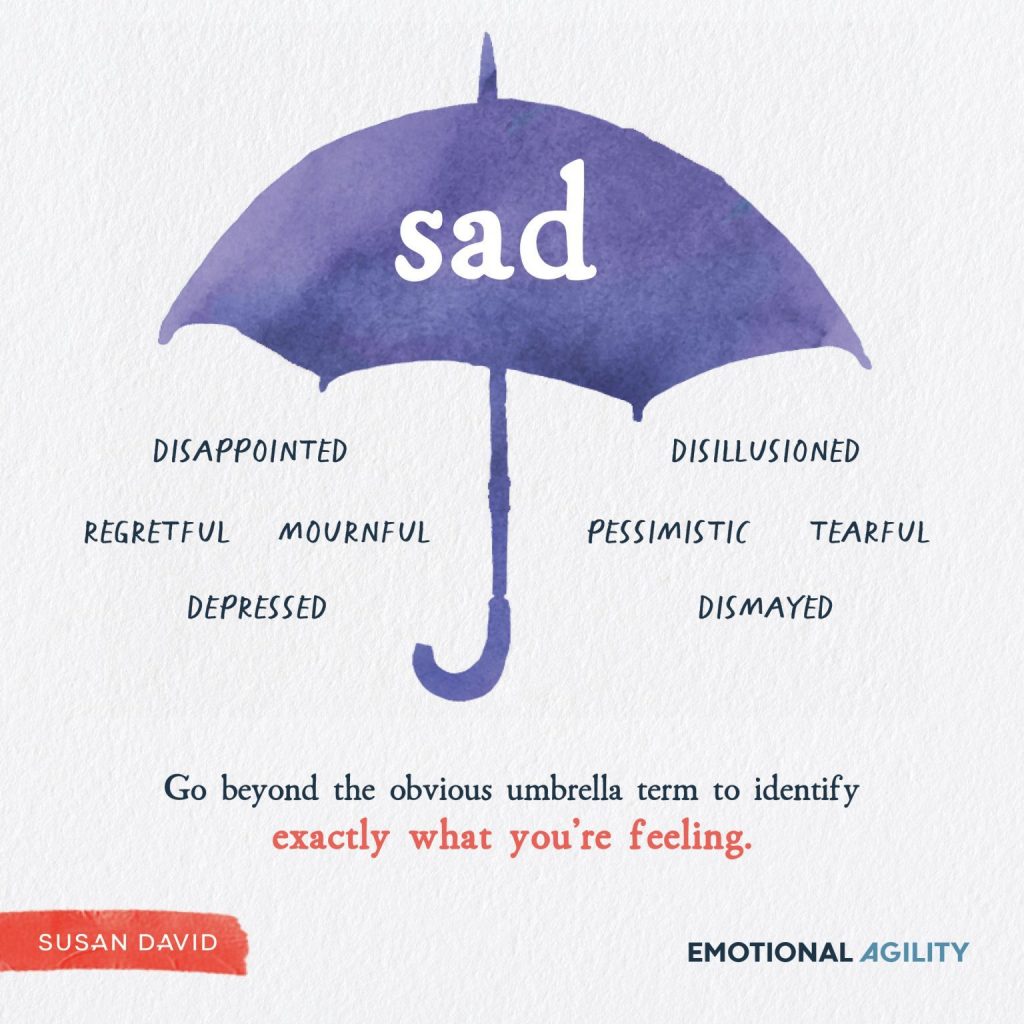
Ludwig Wittgenstein once wrote,
‘We see emotion.’—As opposed to what?—We do not see facial contortions and make the inference that he is feeling joy, grief, boredom. We describe a face immediately as sad, radiant, bored, even when we are unable to give any other description of the features.—Grief, one would like to say, is personified in the face.
Ludwig Wittgenstein
About Author: Susan David, Ph.D., one of the world's leading management thinkers, operates at the nexus of business and psychology. She is the creator of the concept of Emotional Agility, and uses this lens in her consulting, coaching, and keynotes, and in the development of psychometric tools to analyze, assess, and develop these skills. Her focus is on how Emotional Agility contributes to effective people strategies, particularly in the areas of employee engagement, wellbeing, interpersonal relationships, high-performance leadership, and organizational culture change. Her TED Talk on Emotional Agility has more than 8,000,000 views. Susan is also a co-founder and co-director of the Harvard-affiliated Institute of Coaching. Susan is a sought-after keynote speaker, coach, and consultant to C-suite executives. Her unique combination of pragmatic business experience and extensive scientific knowledge allows her to help leaders meet the most pressing business challenges without losing sight of their most important asset: their people. She routinely consults internationally at the most senior levels of large organizations and has extensive experience in industries as diverse as financial services, information technology, healthcare, utilities, pharmaceuticals, and mining. Her client list includes Ernst and Young Global, the World Economic Forum, BHP Billiton, Telstra, the United National Development Program, JP Morgan, GlaxoSmithKline, and Nestlé, among many other multinational firms. Susan is author of the definitive Oxford Handbook of Happiness (Oxford University Press), Beyond Goals (Gower). She also authored the top-rated Harvard Business Review article “Emotional Agility” which was named as a Management Idea of the Year and was the impetus for her #1 Wall Street Journal bestselling book, “Emotional Agility: Get Unstuck, Embrace Change, and Thrive in Work and Life.” Her work is frequently featured in the national media including Harvard Business Review, TIME, Fast Company, the Wall Street Journal, and Inc.com.

